Aston Martin DB4 Vantage
From 1955 Aston Martin worked behind the scenes under the direction of head of development John Wyer on a successor model to the DB2, which was meanwhile offered as DB2 Mk III. The experience gained with this sports car was now brought together in the new project. Tadek Marek developed a larger six-cylinder engine and Harold Beach and his team were responsible for the chassis. In addition, company boss David Brown took over the coachbuilder Salmsons & Sons including their production building in Newport Pagnell. The products of this company were known under the name ‘Tickford’. As the premises at the old Aston Martin plant in Feltham were outdated and small, plans were made to move business to Newport Pagnell, which was completed within three years. In October 1958 the new Aston Martin DB4 made its debut at the Paris Motor Show and shortly afterwards went into series production at the new company headquarters.
As the new sports car suffered from various technical problems in the first few years, the development team had to make constant improvements. While smaller details were simply incorporated into the ongoing production process, larger improvements required corresponding modifications to it, resulting in a total of five DB4 series in the literature. In addition to the coupé, which at Aston Martin is typically called ‘Saloon’, the Series IV was also offered as a Convertible from 1961 onwards. Since 1959, the DB4 GT, shortened by 127 millimeters, had been available in parallel, with a weight reduction of 69 kilograms and around 30 hp more power. With five different rear axle ratios, customers were spoilt for choice between more topspeed or better acceleration. There were only 75 DB4 GT in total, with Aston Martin having launched a Continuation Series with a further 25 cars in recent years. On the shortened frame of the DB4 GT, Zagato produced 19 vehicles with an independent design from 1960 onwards, which today are among the most valuable classic cars from Great Britain.
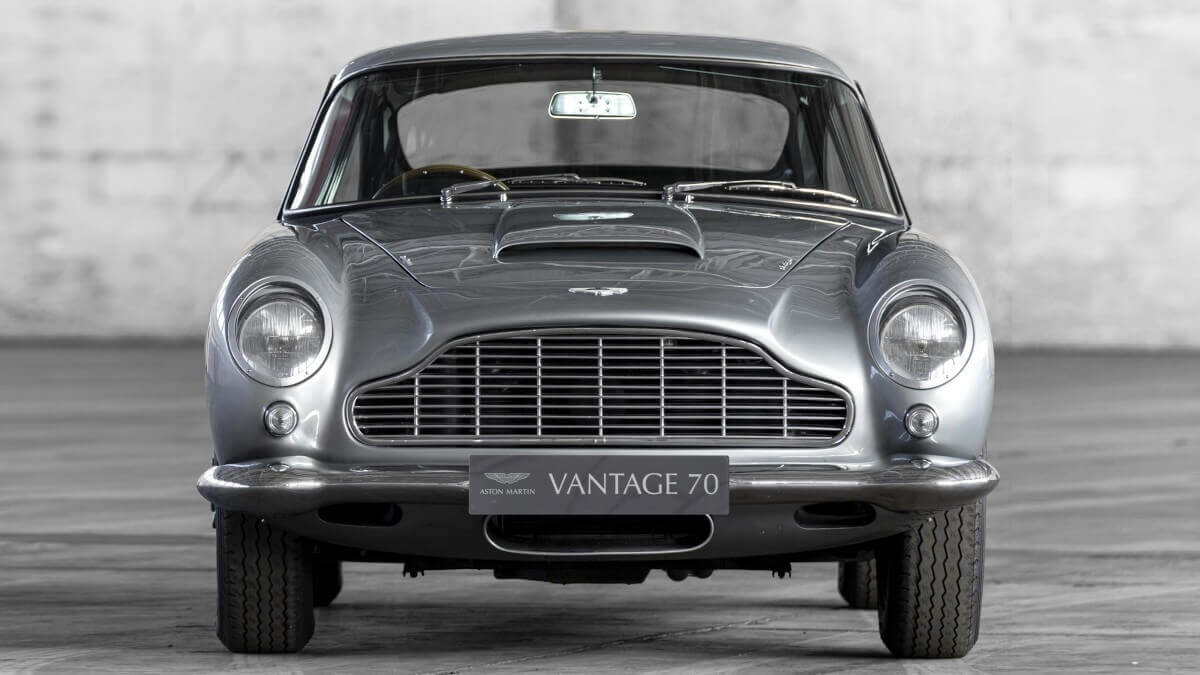



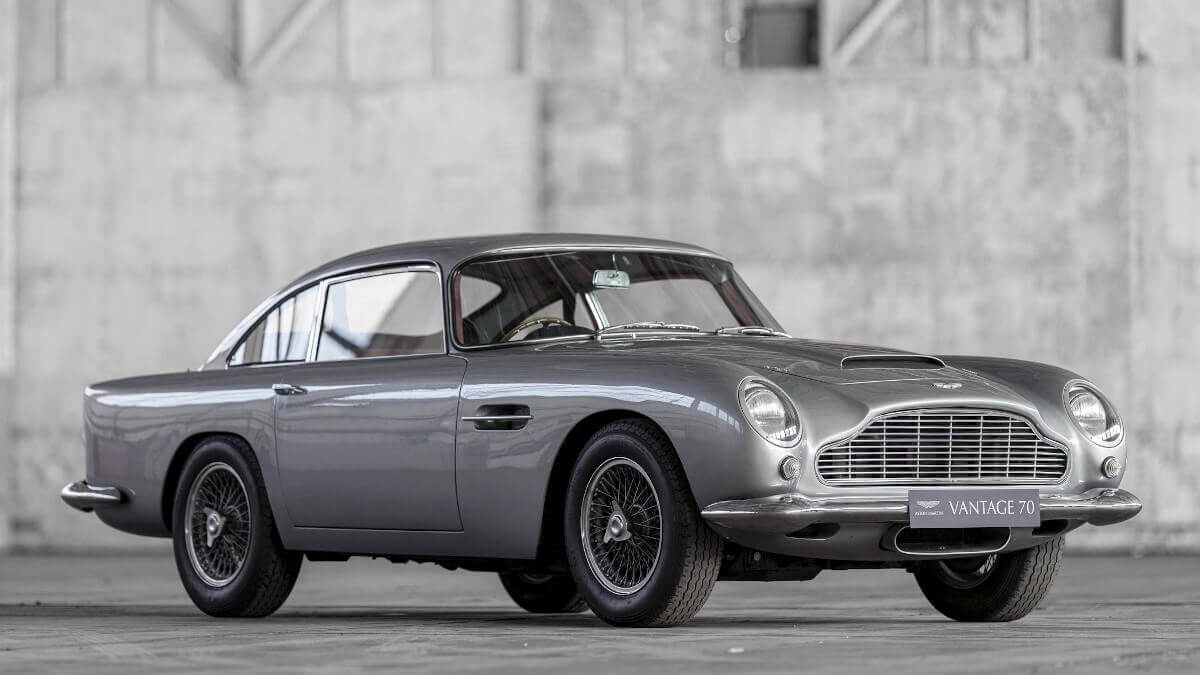



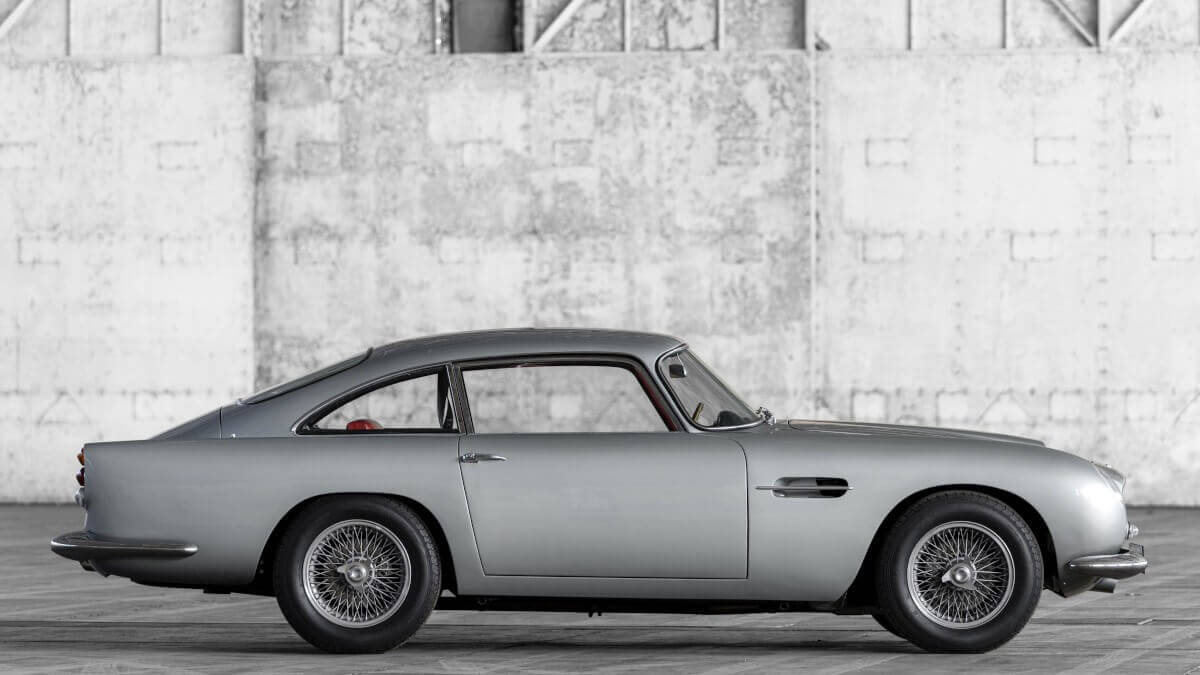



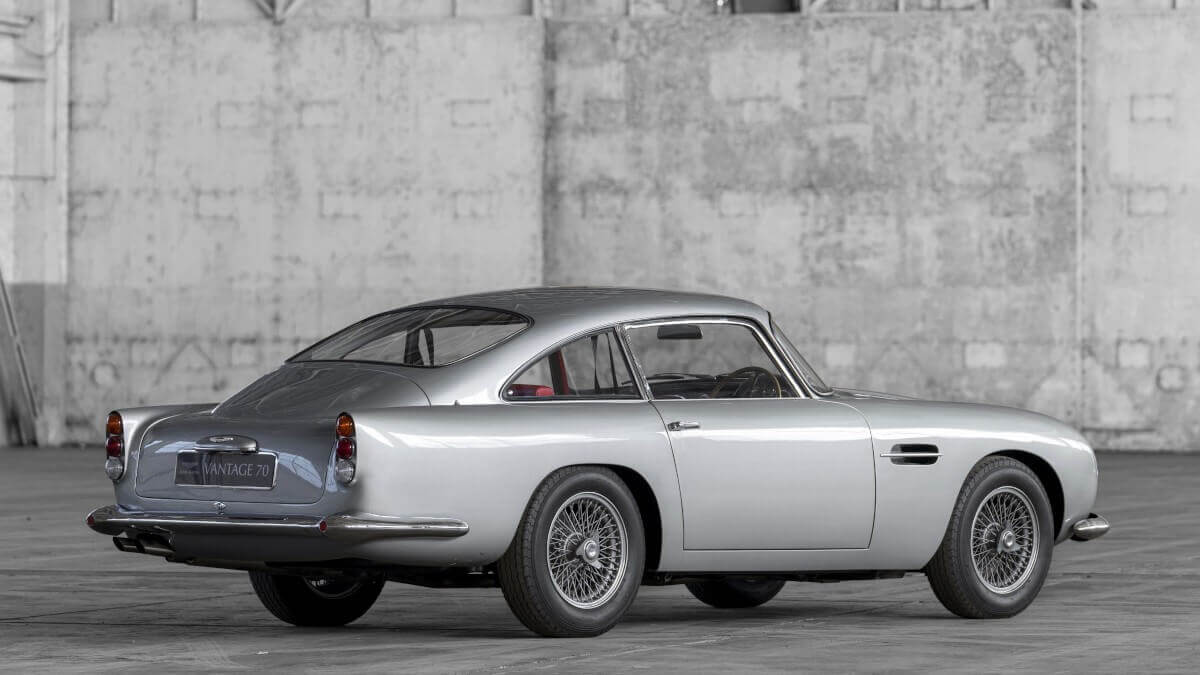



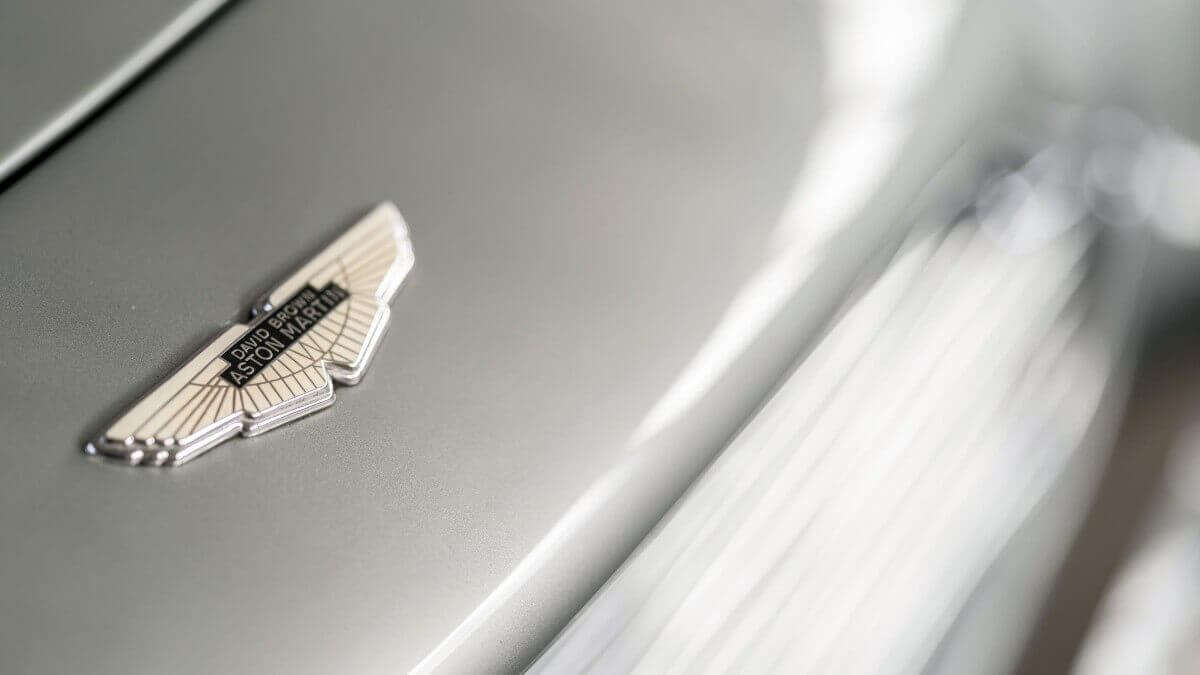



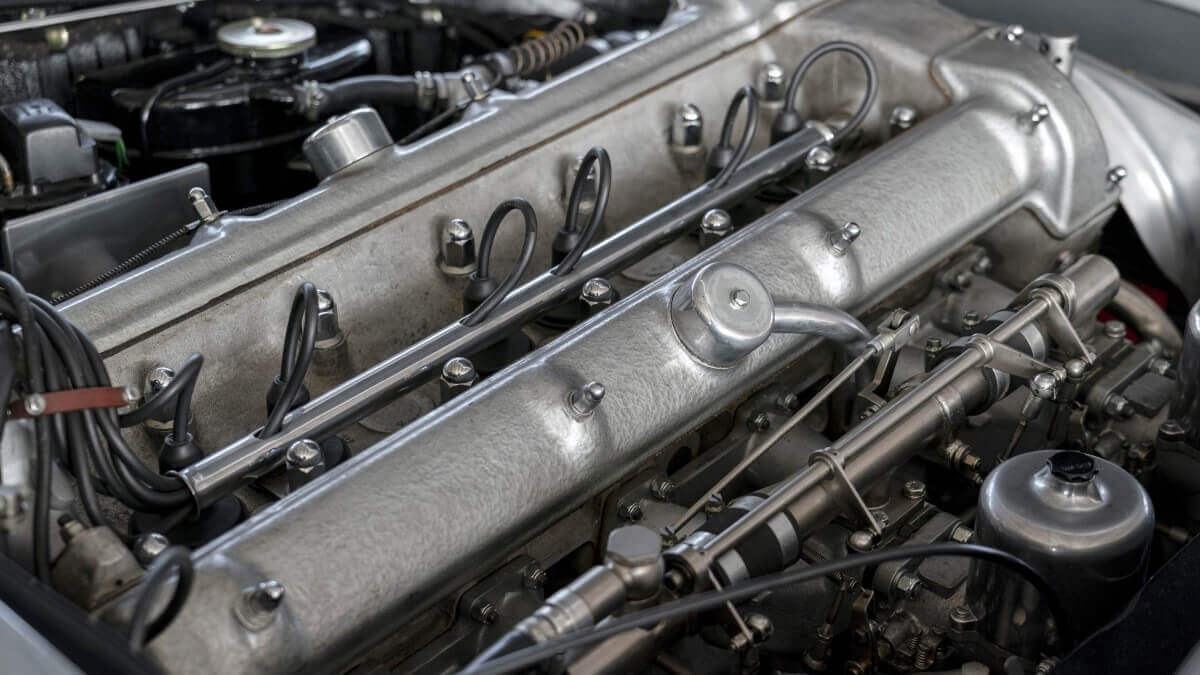



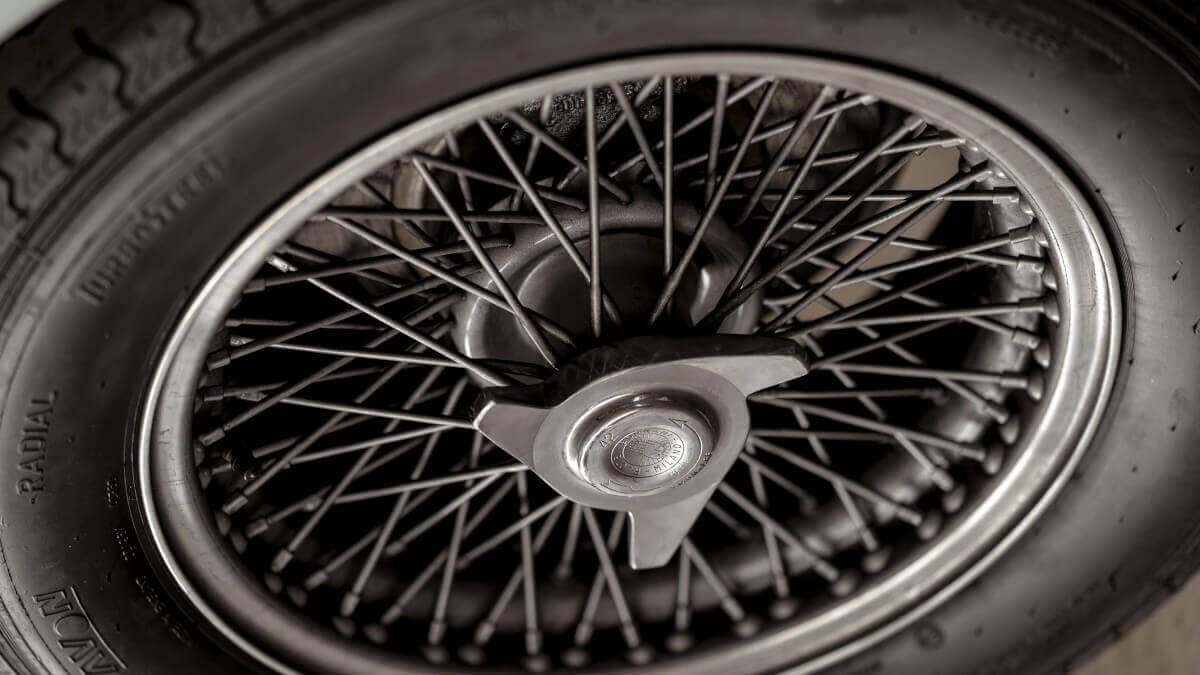







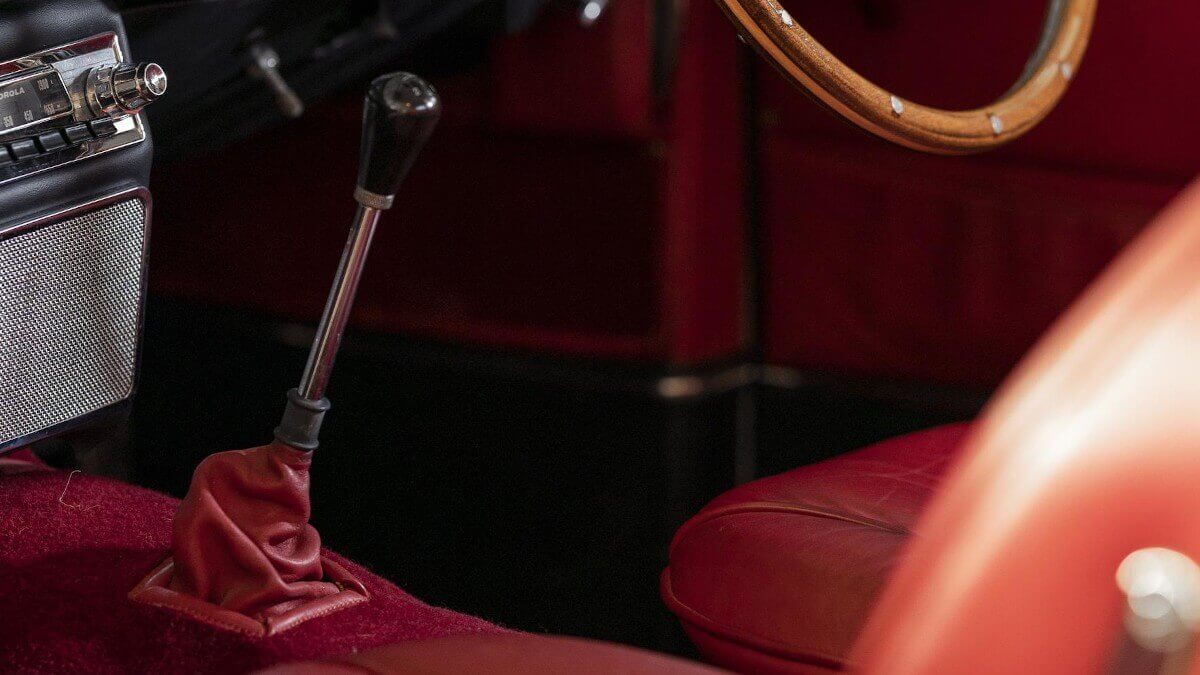



In 1961, at the same time as the Series IV of the normal DB4 was launched, Aston Martin also presented a more powerful version with the normal wheelbase, which was again given the nickname ‘Vantage’. Three SU carburetors and new cylinder heads with larger valves increased the engine output to 266 hp, which was between that of the DB4 (240 hp) and the DB4 GT (~270 hp). Depending on the customer’s wishes, the bodies were fitted with the newer headlights behind clear glass covers from the DB4 GT, or the normal, vertical lights from the normal car. Until the end of production, the Vantage was available in Series IV and Series V both as Saloon and Convertible. However, out of a total of 168 units, only 32 were fitted with the soft top. The Series V introduced the covered headlights for all model variants as standard and raised the roof line of the Saloon, ultimately anticipating the basic design of the later DB5. In addition there were 14 DB4 Saloon, which were given the GT engine at the special request of the customers and only later received the unofficial name DB4 Vantage GT.
Aston Martin used a DB4 Vantage Series V car as a prototype for the DB5 to test various technical components and other parts. When a film company finally asked for a car, they gave this prototype and an early DB5 to the film set. Since the prototype was nearly indistinguishable from a DB5, it was turned into the gadget-filled Q-car of special agent James Bond in the film ‘Goldfinger’, while the second car was mainly used for exterior and driving shots. So even though the DB5 became one of the most famous movie cars of all time thanks to Sean Connery, many of the scenes featured the predecessor model DB4 Vantage.
Images: Aston Martin




